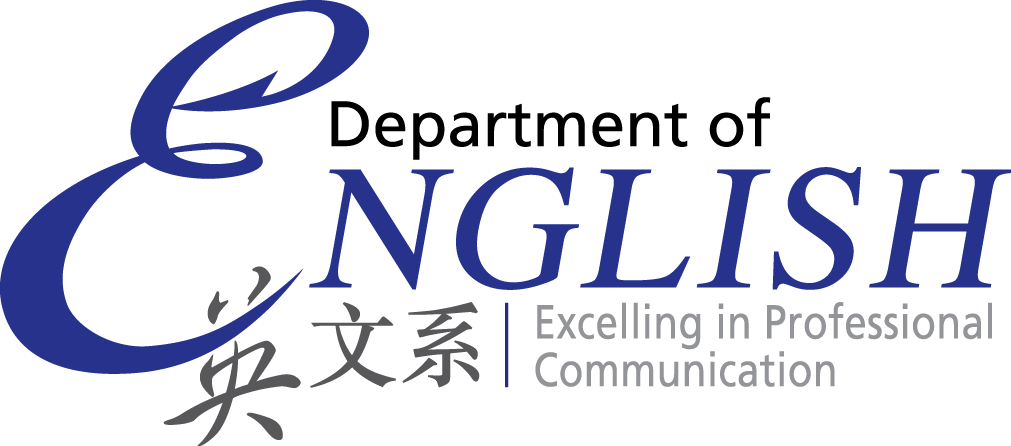Generic stages of Literature Reviews
Like other academic writing genres such as research papers and lab reports, a literature review has its own format, or schematic structure according to Martin (1992). Such a schematic structure consists of a genre which is “staged and goal-oriented social process realised through register” (Martin, 1984, 1985a, 1985b, Ventola, 1987:63-66).
With the schematic structure, a text is constructed in terms of generic stages that draw on different lexico-grammatical resources (Zienkowski, Östman, Verschueren, 2006). An example of generic stages of a text realised by lexico-grammatical features is that of a recipe, with the “List of ingredients” realised by nouns, the “Method” by clauses in imperative mood and with action verbs, with conjunctions linking the procedures together (Eggins, 2004).
Academic writing often involves more than one genre in a text and the genres distribute in different generic stages, constituting a macro-genre (Please see Macro-genre in Literature Reviews for details). The generic stages of a Literature review can be as the following, while some stages are obligatory and some are optional (Please see next section for obligatory and optional stages):
| Generic stage 1. Value and significance (obligatory) | This stage establishes the object of discussion as significant, valuable and worth investigation. |
|---|---|
| Generic stage 2. Opposing views (optional) | By quoting opposing views of researchers on the current topic or issue, this phase sets to open the issue up or to show the pending nature of the issue, thus attracting the reader, and opening a space for his / her own research on the issue, or in other words to create a “research warrant”. This also indicates the genre is discussion genre-differing views on what should be done. |
| Generic stage 3. Research question (obligatory) | This stage sets to make explicit statement of the aim or the research question of the paper. Key requirement of this stage is the aim must be clear and logically organized, and the study must be focused. This is determined by the nature of this type of paper, in that the limited length requires much focused study, and the limited time of the reader requires very clear statement of research question. |
| Generic stage 4. Methodology (optional) | This stage provides a brief description of the methods used in the study. However this stage is optional, due to the limited length and scope of the paper. It may be incorporated into the previous stage. In fact in this paper, part of the methodological discussion is in the previous stage. Requirement of this stage is the same as that of the previous stage: organized and clear. |
| Generic stage 5. Discussion (obligatory) | This stage involves quoting other voices and speaking own voice in order to achieve the aim of the study. The key ability in this stage is the skill to control the dialogical contractiveness / expansion and the alignment / disalignment of the voices being projected according to the need of the paper. |
| Generic stage 6. Conclusion (obligatory) | Review the finding, and for this particular assignment, propose some possible areas for research. The key skill required is to create a research space for future studies. |
Schematic structures comprise of “obligatory” and “optional” elements or stages (Hasan & Halliday, 1985). The obligatory stages are those which are the essential components in a text to achieve the designated social goal, while optional stages are those which may not be necessary in certain topics, for instance, “Opposing views” does not always appear in literature reviews when the writer is not offering an alternative view to counter an opposing argument in his or her topic or issue.
According to the illustration of the generic stages of a literature review in the previous section, the obligatory stages of a literature review are
Value and significance ^ Research question ^ Discussion ^ Conclusion
Read the example here to see how the generic stages are arranged in an effective literature review.
Eggins, S. (2004). An Introduction to Functional Linguistics (2nd ed.). London: Continuum.
Martin, J. (1984). “Language, Register and Genre”. In F. Christie (Ed.), Children Writing: reader (pp. 21-29). Geelong, Vic.: Deakin University Press.
Martin, J. (1985a). “Process and Text: two aspects of semiosis”. In J.D. Benson & W.S.
Greaves (Eds.), Systemic Perspectives on Discourse, Vol. 1: selected theoretical papers from the 9th International Systemic Workshop (pp. 248-274. Norwood, N.J: Ablex.
Martin, J. (1985b). Factual Writing: exploring and challenging social reality. Geelong, Vic.: Deakin University Press.
Ventola, E. (1987). The Structure of Social interaction: a systemic approach to the semiotics of service encounters. London: Pinter.
Zienkowski, J., Östman, J., & Verschueren, J. (2011). Discursive pragmatics. Philadelphia: John Benjamins Publishing Company.

